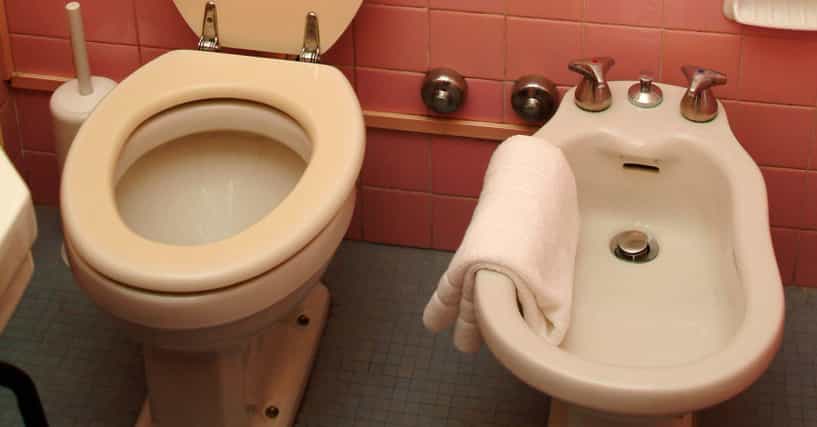The world throws 270,000 trees down the toilet every day. Why don’t Americans use bidets although they might save 15 million trees if they did? If you’re not familiar, it’s a separate basin from the toilet used for washing one’s privates that many nations use as an alternative to toilet paper. Which nations utilize bidets? They are used by a lot of houses in South America, Asia, and Europe.
Moreover, why are bidets more common in Europe than in America? Chamber pots and outhouses were the first forms of sanitation in Colonial America, and eventually, toilets were used. However, in general, Americans were wary of bidet-related hygienic issues. When many American GIs first encountered bidets during World War II—in brothels—their distaste for them increased.
Today’s bidets are more affordable than ever, and switching to a bidet instead of toilet paper has compelling environmental benefits. Why then are bidets not more widely used in America today? And will the coronavirus pandemic’s influence on interest in bidets last into 2020?
When American soldiers first encountered bidets in brothels during World War II, they connected them to illegal activity.
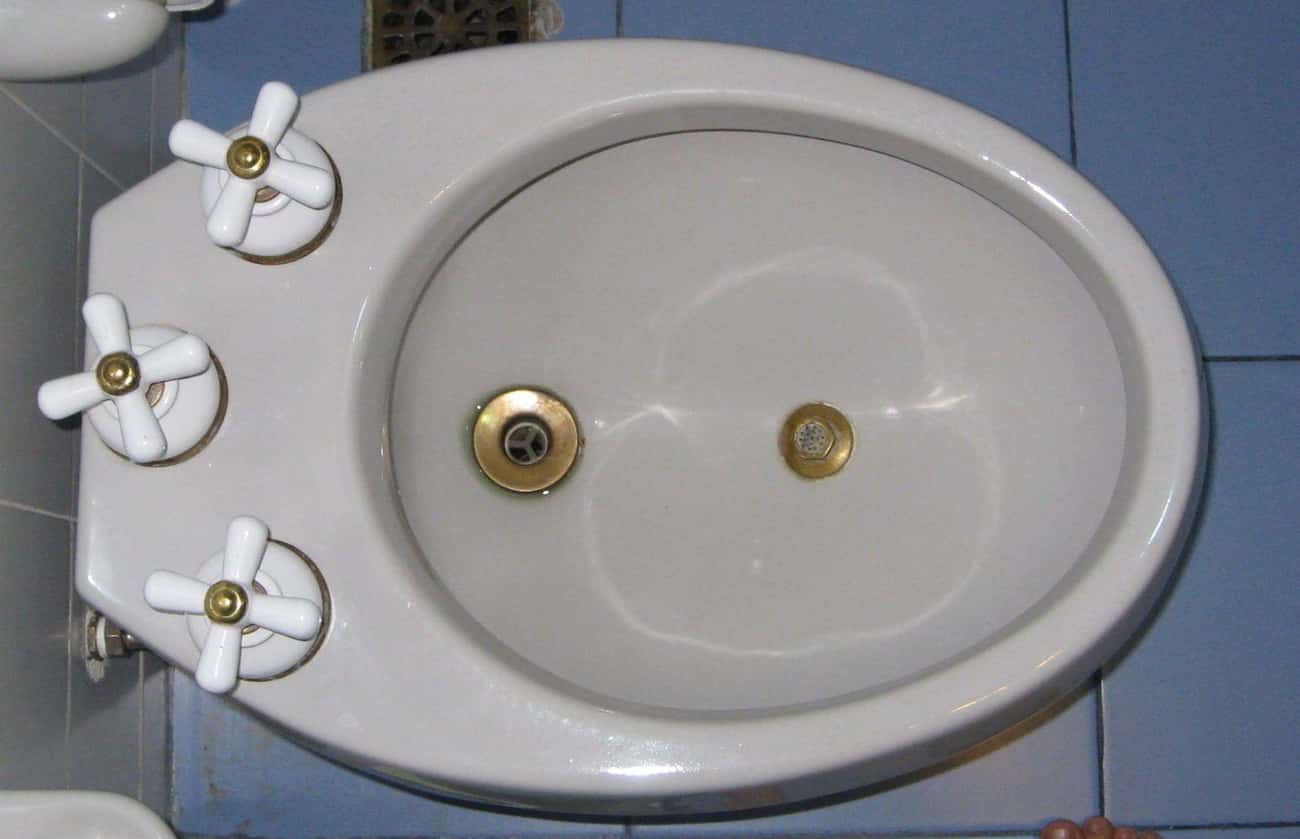
Before the middle of the 20th century, many Americans had never even heard of a bidet.
During World War II, many American soldiers deployed abroad encountered bidets in odious settings like brothels. As a result, American GIs connected bidets to crime.
In order to avoid admitting they had visited the bordellos while serving, returning servicemen did not carry word of the bidet back from Europe.
Early bidets were used for contraception ineffectively, which made them associated with scandal.
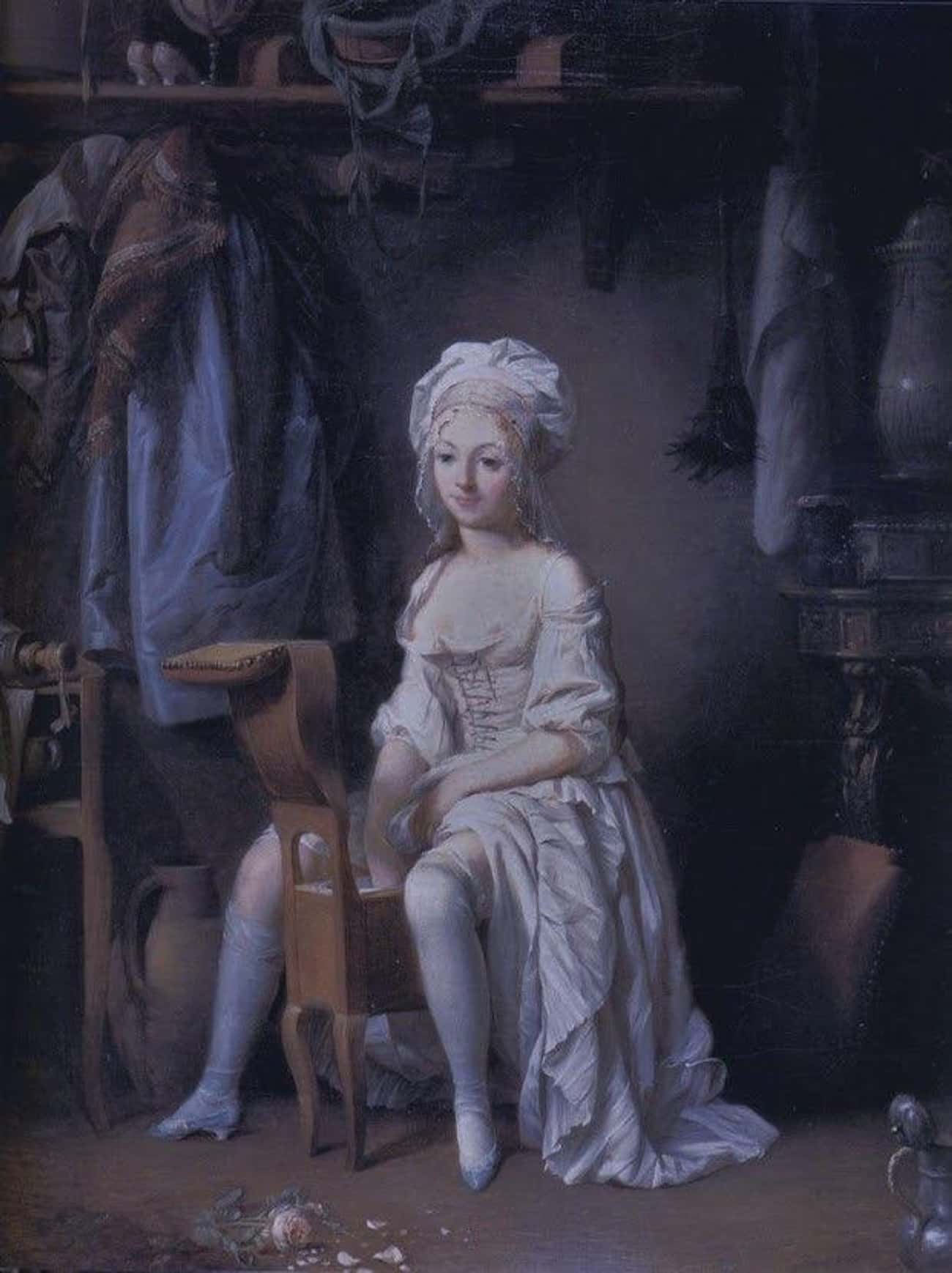
Even though neither douching nor bidets were reliable methods of preventing pregnancy, Americans and Britons first connected bidets negatively with contraception because they believed douching to be a reliable means of birth control.
In 1936, Norman Haire, a proponent of birth control, said that “the presence of a bidet is regarded as almost a symbol of sin.”
Bidets were created in France in the 1600s to be used in bedrooms with chamber pots.
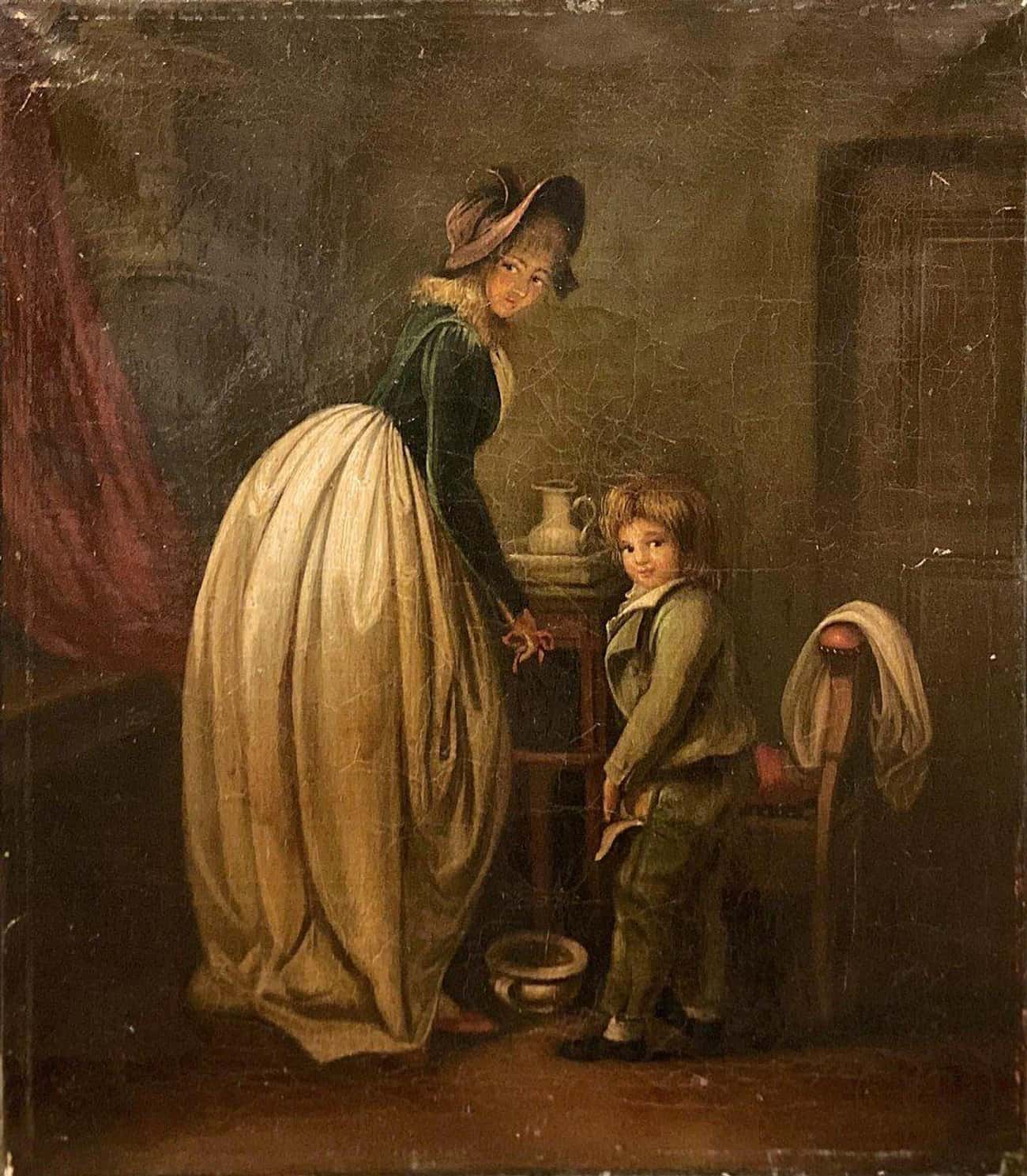
The bidet was created in France in the 1600s. Before the 17th century, chamber pots were standard in European beds. Users of chamber pots switched to using their bidets to wash their privates starting in the 1600s. The first bidets did not spray water; instead, they were frequently porcelain basins mounted on a wooden frame.
The French word for a tiny horse is where the name “bidet” originated. A bidet was described as “a kind of tub, designed for ladies to wash, for which purpose they bestride it like a miniature French pony” by the English antiquarian Francis Grose in 1785.
The practice of “riding the bidet” became popular in English-speaking nations. In 1863, one English traveler wrote, “I trotted behind on a little bidet.”
Bidets were shunned by the British because they associated them with French hedonism, and the US adopted that attitude.
In order to be clean, French royals immediately adopted the bidet. The bidet evolved into a luxury item connected to nobility. Marie Antoinette even had a bidet in the 18th century when she was imprisoned and awaiting execution.
On the other side, the British rejected the bidet. Many Englishmen disliked the “French pony” because of the bidet’s associations with French nobility and their debauchery. The American perception of the bidet was influenced by how poorly the British perceived it.
Around 1900, Americans protested in the streets when a Manhattan hotel wanted to put in a bidet.
Bidets Were Also Useful For Periods, Yet Another Taboo Subject.
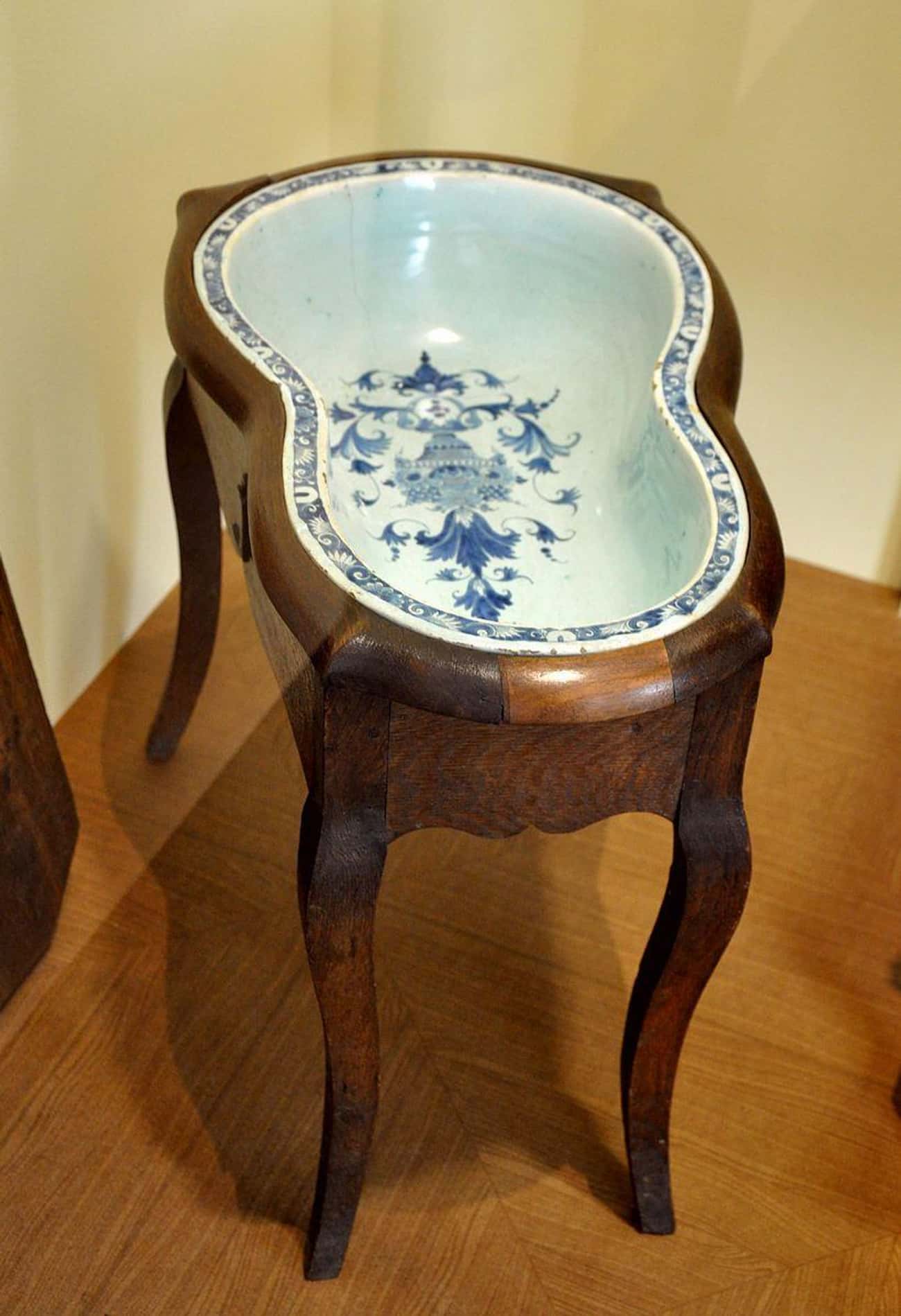
Bidets have always been connected with ladies. They were used for hygiene by prostitutes, French monarchs like Marie Antoinette needed them even when they were imprisoned, and they were also useful for women during menstruation.
The issue of menstruation was taboo in the 18th century. Women were required to handle their monthly periods in solitude and to keep themselves clean by using “jelly cloths.” “There are no ladies in the world so indifferent to this discharge [menstruation] as the English, and they suffer correspondingly,” complained William Buchan, a physician of the 18th century.
Because bidets made it easier for women to handle their “unmentionable” discharge, English and American men were less likely to adopt them.
As indoor plumbing became more prevalent in the 1800s, bidets transitioned from bedrooms to bathrooms.
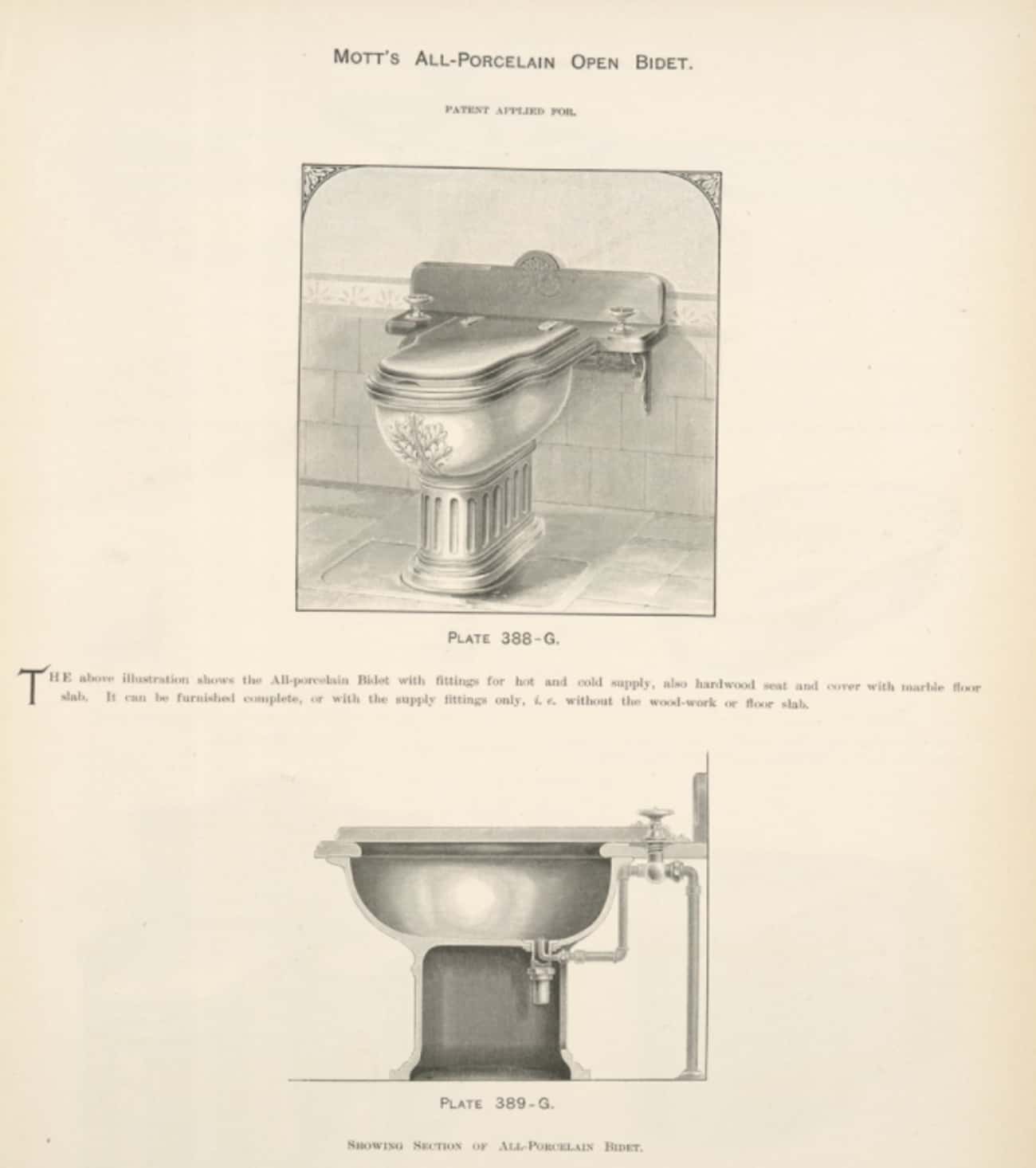
Early bidets resembled wash basins more than contemporary toilets. But the bidet changed as indoor plumbing became more widespread in the 19th century.
Europeans moved the bidet into the bathroom rather than keeping it next to the chamber pot in the bedroom. The bowl was filled by a faucet on the first of these bidets with plumbing. Bidets with plumbing, which were formerly a pricey luxury for the elite, finally became affordable enough to be used extensively abroad.
Due to worries about toilet paper shortages, bidets have spread around the world during the 2020 coronavirus pandemic.
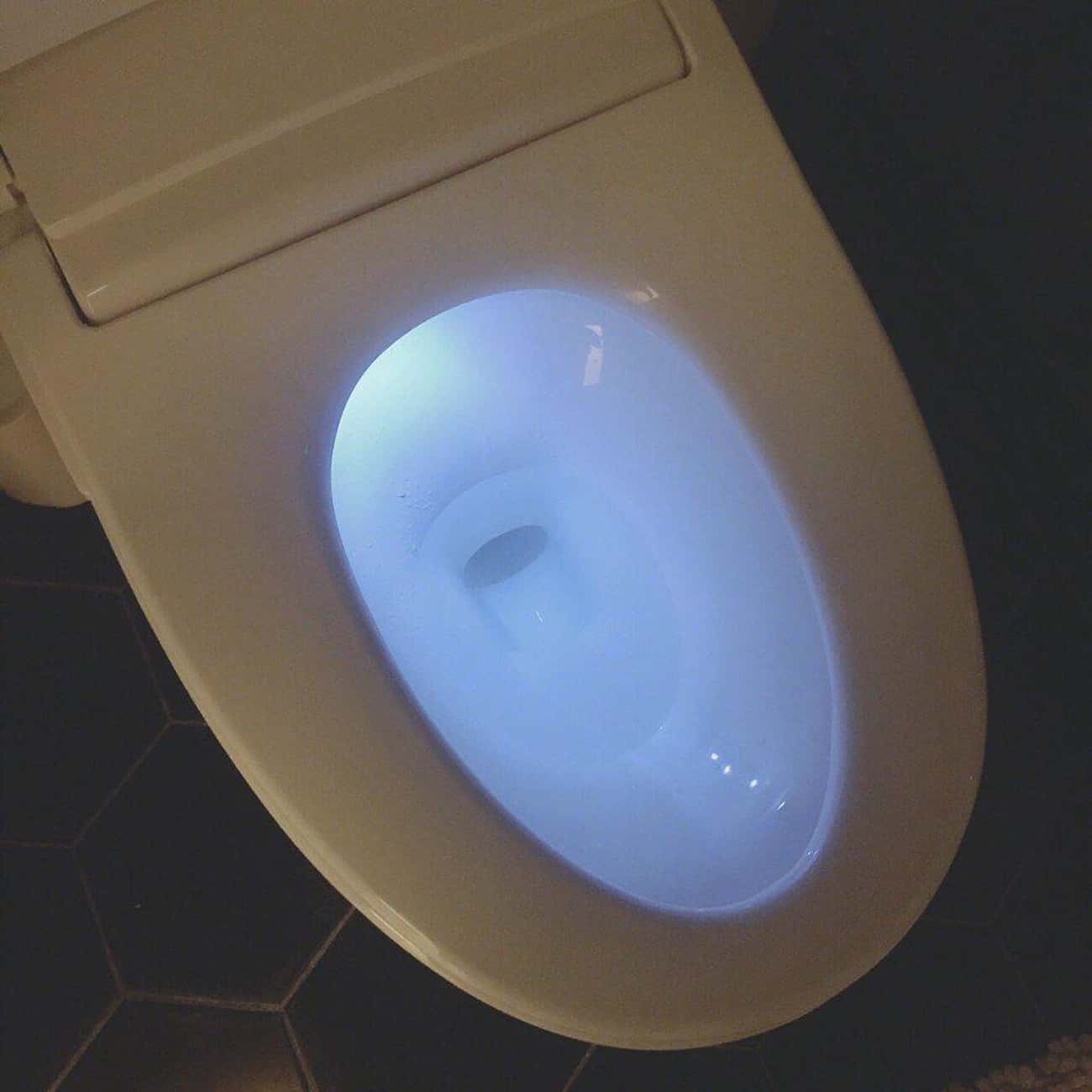
In March 2020, many consumers worried about toilet paper scarcity as the coronavirus pandemic forced lockdowns across the US. Some people bought bidets in reaction. According to Kate Knibbs, a journalist at Wired, several bidet vendors reported a sharp increase in sales.
Will the bidet craze endure, though? A New York Times piece from 2007 anticipated the bidet will become a new high-end fad. “The toilet is the last bastion that has not been luxurified,” said Janice Costa, editor of Kitchen & Bath Design News. “People are looking to upgrade every aspect of their lives, and the toilet is the last to be touched.”
Americans began to associate electronic toilets with the snobby and privileged after Google installed them in its offices in the 2000s.
The installation of Japanese Toto toilets at Google’s Mountain View headquarters in 2008 marked a significant transformation of the space. The bidets, which TechCrunch refers to as “space toilets,” have jets, dryers, and “wand cleaning.”
The American dislike of bidets was summed up in SFist’s description of the bidets as “ultra-modern and horrible.”
The perception that the fixtures were designed for wealthy elites rather than everyday Americans was reinforced by Google’s bidets.


